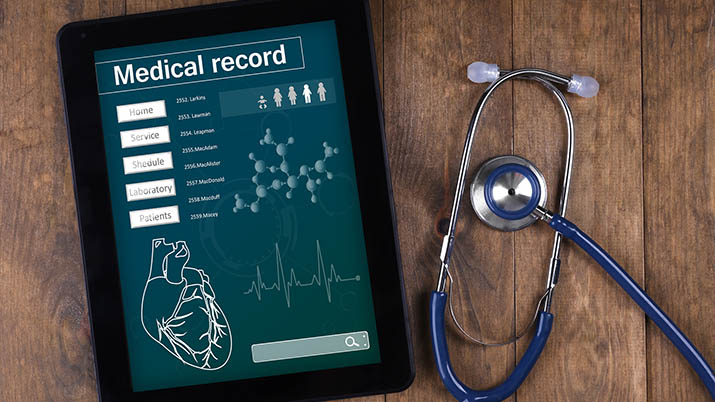As a part of the American Recovery and Reinvestment Act, all public and private healthcare providers and other eligible professionals (EP) were required to adopt and demonstrate “meaningful use” of electronic medical records (EMR) by January 1, 2014 in order to maintain their existing Medicaid and Medicare reimbursement levels. Since that date, the use of electronic medical and health records has spread worldwide and shown its many benefits to health organizations everywhere.
“Meaningful use” of electronic health records (EHR), as defined by HealthIT.gov, consists of using digital medical and health records to achieve the following:
- Improve quality, safety, efficiency, and reduce health disparities
- Engage patients and family
- Improve care coordination, and population and public health
- Maintain privacy and security of patient health information
The American Recovery and Reinvestment Act also included financial incentives for healthcare providers who prove meaningful use of electronic health records (EHR). EHR is not only a more comprehensive patient history than electronic medical records (EMR), the latter of which contains a patient’s medical history from just one practice, but was also the end-goal of the federal mandate.
Penalties were also issued to those healthcare organizations that were non-compliant. For example, EPs who didn’t implement EMR/EHR systems and demonstrate their meaningful use by 2015 experienced a 1% reduction in Medicare reimbursements.
Not surprisingly, the EMR/EHR mandate spurred significant growth in health informatics, an interdisciplinary field of study that merges information technology and healthcare. Healthcare professionals with the skills and knowledge necessary to develop, implement, and manage IT software and applications in a medical environment are already in high demand, and the field is expected to experience continual growth.
In fact, the U.S. Bureau of Labor Statistics (BLS), which has yet to publish data on health informatics due to the field’s relative youth, does anticipate a more than 13% rate of growth in employment opportunities for healthcare related positions—including medical records/health information technicians and medical/health managers—in the decade from 2021 to 2031.
The job growth of health informatics specialists will vary based on a number of factors such as physical location, education, the type of healthcare facility and the exact scope of the job, for example. Again, as this is an emerging field, the U.S. Department of Labor has not yet published salary data for this profession. In cases like this, nothing beats personal research in your local market for the most accurate, up-to-date, and complete information.
Universities across the country are taking note, and many top schools are now offering graduate degrees and graduate-level certificate programs in health informatics. The Medical College of University of South Florida, a widely acknowledged leader in medical research and innovation, is among the top list of schools offering graduate-level health informatics education in a purely online environment, making it an ideal choice for medical and other working professionals ready to broaden their prospects by joining the burgeoning ranks of health informatics experts.
Health Informatics Careers
A wide variety of skilled professionals currently work in health informatics. Prior to the Recovery Act, however, health information systems were not of primary concern to most providers; therefore, as the field evolves, so do associated titles, licensure requirements, salaries, and official employment data.
The following are just a few of the titles and responsibilities of health informatics professionals:
Nursing Informatics Specialist:
A registered nurse with extensive training in information technology and related software systems. They may collect and interpret health information and report findings in service of public or consumer health, education, or research purposes.
Health Informatics Consultant:
A health IT specialist and/or analyst consulting independently or for a firm on EMR/EHR adoption, data analytics, and research findings; information and computer systems; and the design, development, and implementation of proprietary software and technology.
Chief Medical Information Officer (CMIO):
A health IT professional who shares numerous responsibilities with CIO’s, yet in the narrower context of health informatics. Unlike CIO’s, most CMIO’s are licensed physicians whose income may derive in part from private practice; health informatics directors may be less likely to also practice medicine.
Health Informatics Director:
With a penchant for technology and strong social and “people skills”, the health informatics director is the executive leader tasked with leading the integration and organizational flow of data across all departments and divisions.
Electronic Medical Record Keeper:
Utilizes specific electronic medical record (EMR) applications and software programs, inputs sensitive patient information, current & past treatments, diagnoses, conditions, symptoms, medications, and more. Works with hospital administrators, researchers, and insurance companies to help maintain and facilitate electronic medical record keeping.



